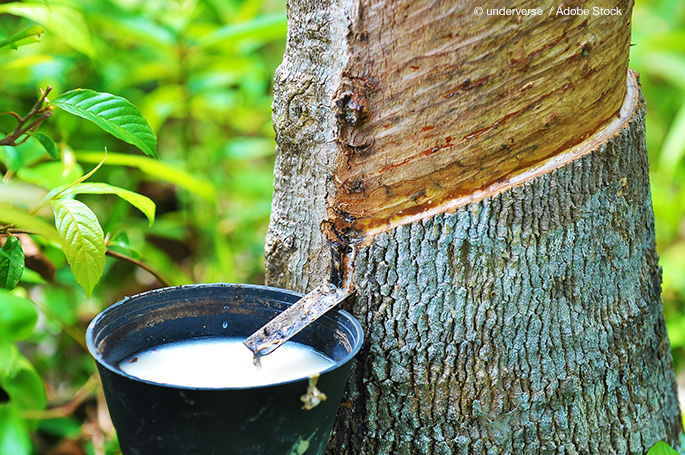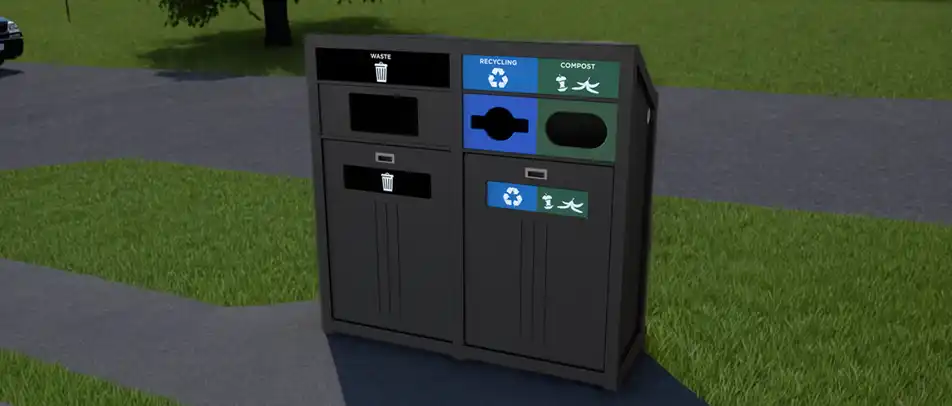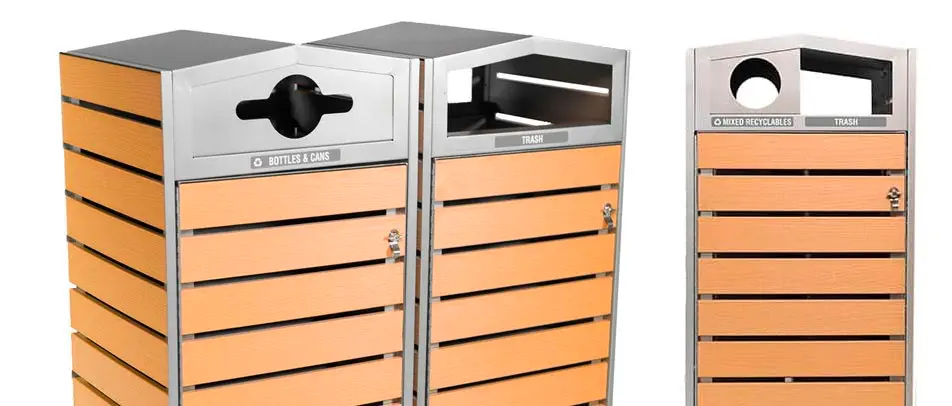
We’re all passingly familiar with rubber trees. These latex trees are common in South America, as well as in Malaysia, and they’ve been grown on plantations for decades. The trees are tapped, and they leak their sap into buckets for collection. This sap is processed, and it becomes rubber. While artificial latex has grown in popularity, getting rubber the old-fashioned way is still a booming industry.
However, rubber trees eventually stop giving sap. That means older trees are no longer productive members of a plantation and need to be cut down to make room for new trees that will keep the latex flowing. In the past, the rubber trees that were cut down were used for firewood, to make local furniture, or just thrown into a landfill. However, thanks to globalization and more attempts being made to turn trash into treasure, rubber latex trees have actually become a somewhat valuable commodity.
Eco-Friendly Trees Have All The Lumber, None of The Logging
Rubberwood, or parawood as it’s sometimes called, is a tight-grained, very durable wood. While it is useful for building high-quality furniture, it’s equally useful as a building material. Flooring, paneling and other construction needs can be filled by rubberwood. What makes it even more appealing, though, is that felled rubber trees are considered waste. They were not raised for logging, but for harvesting their sap, so rubber trees’ new uses for construction means people are taking what was a byproduct of the latex industry and giving it a second life.




































































































































 Three Ways to Engage Teams and Clients to Maximize Your Recycling Program Engagement
Three Ways to Engage Teams and Clients to Maximize Your Recycling Program Engagement  How to Integrate Accessibility Into Your Sustainability Planning
How to Integrate Accessibility Into Your Sustainability Planning  Why Park Benches Can Promote Workplace Well-Being
Why Park Benches Can Promote Workplace Well-Being 
